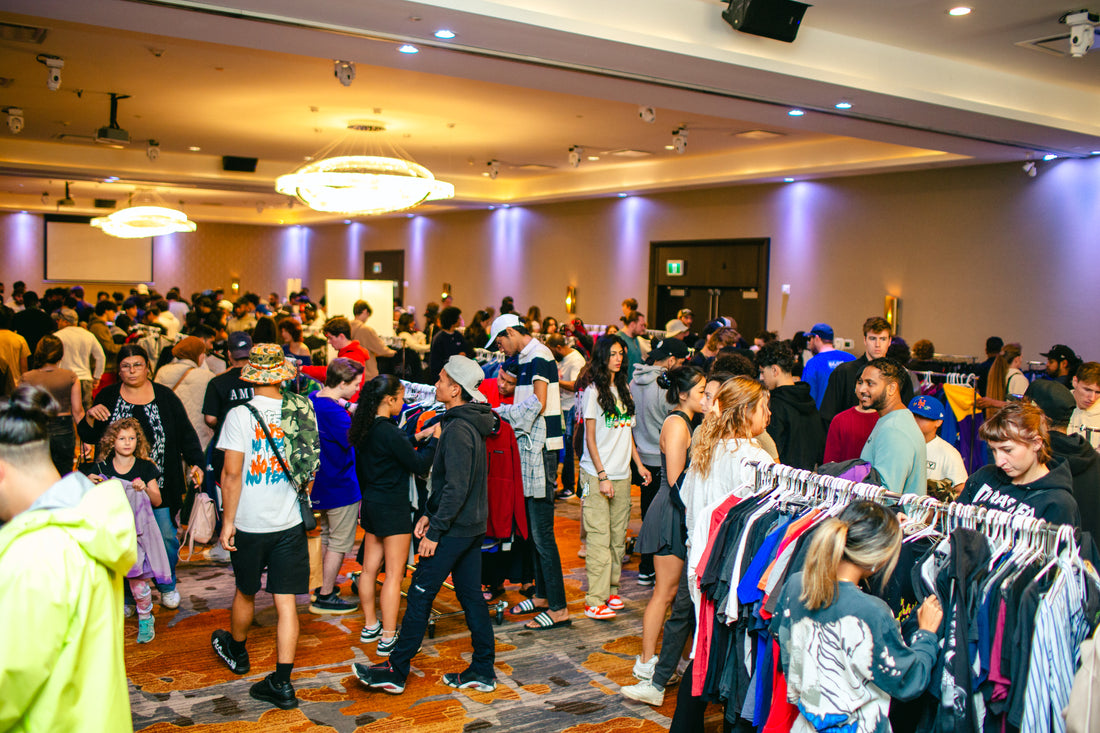
The sustainable side of vintage fashion
Share
Sustainability has become a major concern for many consumers in recent years, and the fashion industry is no exception. Fast fashion, which is known for its fast turnover of trendy clothing at low prices, has been criticized for its negative impact on the environment and the exploitation of workers. The rise of vintage fashion, on the other hand, offers a sustainable alternative to fast fashion. In this blog post, we will explore the sustainable side of vintage fashion and how it can be a more responsible choice for consumers.
First, it's important to understand the environmental impact of fast fashion. The production of new clothing requires significant amounts of energy and water, and many fast fashion companies use cheap, synthetic fabrics that are not biodegradable. Additionally, fast fashion is known for its high turnover of trendy clothing, which encourages consumers to constantly buy new clothes, contributing to an overconsumption of resources.
On the other hand, vintage clothing is a sustainable choice because it is already made and it doesn't require any new resources to be produced. When you buy vintage clothing, you're giving new life to an already existing piece, instead of contributing to the production of new clothing. Additionally, vintage clothing is often made of higher quality materials, such as natural fibers like cotton, linen, and wool, which are more durable and biodegradable than synthetic fabrics.
Vintage clothing is also a sustainable choice because it encourages consumers to buy less and make more thoughtful purchasing decisions. When shopping for vintage clothing, you're likely to take more time to find the perfect piece, rather than buying multiple items impulsively. Furthermore, vintage clothing is often unique and one-of-a-kind, which makes it more special and valuable to the consumer.
Another sustainable aspect of vintage fashion is that it's often more affordable than buying new clothing. Vintage clothing can be found at a fraction of the cost of new clothing and it's a great way to get high-quality clothing at a lower price. This can help to reduce consumerism, as people are less likely to constantly buy new clothes if they can find affordable vintage clothing.
Another aspect of sustainability related to vintage fashion is that it often supports small and local businesses. Many vintage stores are independently owned and operated, and buying from them can support local communities and economies. Additionally, vintage stores often have a more curated and thoughtful selection, which can help to reduce consumerism.
Vintage fashion also plays a role in preserving the cultural heritage and history of clothing. Many vintage clothing pieces are a physical representation of the past, and by preserving them, we're preserving a piece of history. It's also a way to learn more about the past and understand how fashion has evolved over time.
In conclusion, vintage fashion offers a sustainable alternative to fast fashion. By choosing to buy vintage clothing, consumers can reduce their environmental impact, make more thoughtful purchasing decisions, support small businesses, and preserve cultural heritage. Additionally, vintage clothing is often made of higher quality materials, which are more durable and biodegradable than synthetic fabrics. The next time you're in the market for some new clothes, consider buying vintage instead of new. You'll be doing your part to reduce the environmental impact of the fashion industry and you'll be able to find some truly unique and special pieces.
